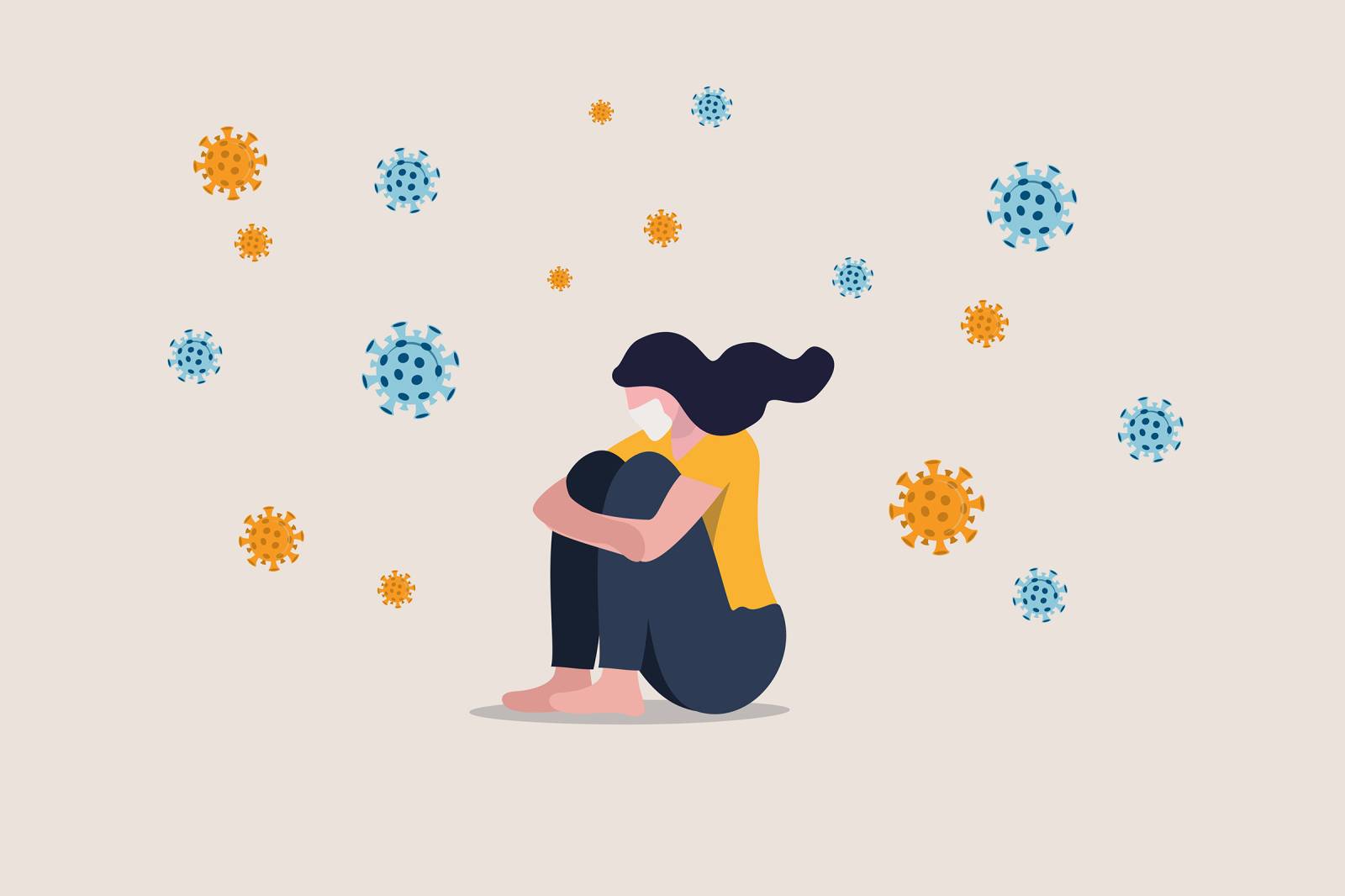MERRY THE DAY AFTER CHRISTMAS. . .
Here’s hoping your lights are still twinkling
you leftovers are still warm and tasty
you joy is still contagious
Years ago, Paul Simon was asked to name a song he wished he had written. The song he chose was “Silent Night.”
“Silent Night?” Really? But that wasn’t even a hit, ever. Was it?
Actually, yes. In 1935.
The story starts long before that, though. It starts with a poem written by Father Joseph Mohr in 1816, an assistant priest in Mariapfarr, Austria. Written in German, it was called “Stille Nacht.”
Two years later he was the priest of the St. Nicholas parish church in Oberndorf, a village near Salzburg. On the day of Christmas Eve, 1818, he asked organist Franz Gruber to compose a melody for his poem. Because the recent flooding of the Salzach river damaged the church organ, it was unsure if it would be usable in time for Mass, so Mohr requested that Gruber write a guitar accompaniment for it that he could it.
The melody that Gruber composed is a beautiful, poignant one, with the simplicity of a folk song. That simplicity — using only the fundamental changes (I, IV, V and VI) — seems to have been shaped by Gruber’s use of guitar. Had he composed it for organ, he might have created a far more complex melody, and one remembered and cherished by none. But the purity of this melody, with the beautifully holy words written by Father Mohr, resounds like a hymn.
That church was ultimately subsumed completely by the river and replaced with a church named after the famous song which was born there.
In 1935, Bing Crosby recorded it, and sold over ten million copies of it. “Silent Night” was a hit.
In 1966, Simon and Garfunkel recorded a version of the song for their album Parsley, Sage, Rosemary and Thyme, called “Silent Night/ 7 O’Clock News.” In perfect two-part harmony, they sing the song to a piano accompaniment. Into that song bleeds the sound of a news announcer bringing news of the day, thus creating a sound collage of peace set against modern times. That news was actually scripted and read by Charlie O’Donnell, who was a radio DJ then and became the announcer on many TV game shows, including The Wheel of Fortune.
Topics covered in the lyrics which painted the summer of 1966 include the death of Lenny Bruce in Hollywood, a march in Cicero, Illinois by Martin Luther King, Jr., the indictment of Richard Speck for murder, and more. The full text is included below.
Simon and Garfunkel’s rendition of the song is simple and beautiful. Back in the day, we loved this version, merging in radical 60s style the hymn with the modern world. But we yearned to hear it without Charlie talking over it. Of course, back then that was impossible. Not anymore. Here’s the full text:
This is the early evening edition of the news.
The recent fight in the House of Representatives was over the open housing section of the Civil Rights Bill. Brought traditional enemies together but it left the defenders of the measure without the votes of their strongest supporters. President Johnson originally proposed an outright ban covering discrimination by everyone for every type of housing but it had no chance from the start and everyone in Congress knew it.
A compromise was painfully worked out in the House Judiciary Committee. In Los Angeles today comedian Lenny Bruce died of what was believed to be an overdoes of narcotics. Bruce was 42 years old.
Dr. Martin Luther King says he does not intend to cancel plans for an open housing march Sunday into the Chicago suburb of Cicero. Cook County Sheriff Richard Ogleby asked King to call off the march and the police in Cicero said they would ask the National Guard to be called out if it is held. King, now in Atlanta, Georgia, plans to return to Chicago Tuesday.
In Chicago Richard Speck, accused murderer of nine student nurses, was brought before a grand jury today for indictment. The nurses were found stabbed an strangled in their Chicago apartment.
In Washington the atmosphere was tense today as a special subcommittee of the House Committee on Un-American activities continued its probe into anti- Viet nam war protests. Demonstrators were forcibly evicted from the hearings when they began chanting anti-war slogans.
Former Vice-President Richard Nixon says that unless there is a substantial increase in the present war effort in Viet nam, the U.S. should look forward to five more years of war. In a speech before the Convention of the Veterans of Foreign Wars in New York, Nixon also said opposition to the war in this country is the greatest single weapon working against the U.S.
That’s the 7 o’clock edition of the news, Goodnight.
Silent night Holy night
All is calm All is bright
Round yon virgin mother and child
Holy infant so tender and mild
Sleep in heavenly peace,
sleep in heavenly peace.
So what of this first day after Christmas
or all of the days that’ll follow it from now
and Christmas’ to come. . .
WHAT OF IT, INDEED
Psssssssssssssssssssssssssssssssssssssssssssst:
WE ARE THE LYRICS OF THE SONG
THAT NEEDS SINGING
HEARD
ADAPTED
for a Heavenly Peace we not only yearn to sleep within
but refuse to live
w i t h o u t
MERRY CHRISTMAS
(again)
(and many agains too numerous to count)
















 Hmmmmmmmmmmmmmmmmmmmmmm
Hmmmmmmmmmmmmmmmmmmmmmm














